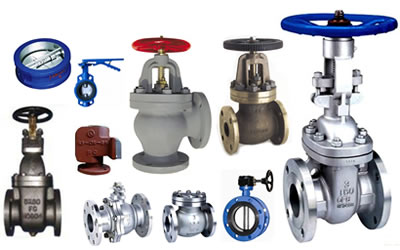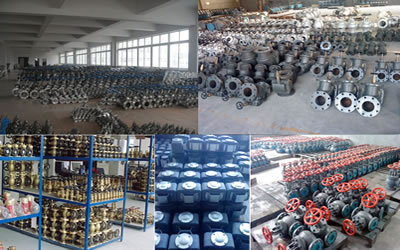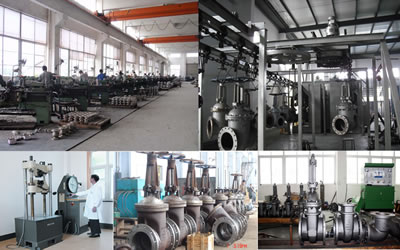BIMCO: Dry Bulk Market’s Recovery Still Fragile
The return to permanent profitable freight rates in the dry bulk sector is still way off, however, there has been a slight fundamental market improvement, according to BIMCO’s latest market overview.
Capesize ships have been in profitable territory earning above USD 15,300 per day since August, and Panamaxes likewise, as they have been hired for above USD 10,200 per day since September.
Handymax/Supramax/Ultramax owners and operators who fixed their ships after August 21 have also seen freight rates covering, not just operational expenditures (OPEX) but also capital expenditures (CAPEX), leaving a slim return on investment, BIMCO’s data shows.
Finally, the Handysize segment has, for the first time since April 2014, reached a freight rate level above USD 9,000 per day.
Moving forward, the transport demand for dry bulk cargoes in Q1, 2018 is estimated to be considerably lower than the volumes transported in Q4, 2017, and that’s the first hurdle to cross. Maintaining slow steaming is another prerequisite to hold onto the gains that have been achieved, BIMCO added.
The dry bulk demand is driven, as always, by China, which grew its seaborne imports of coal during the first nine months of 2017 by 18.7%, and its seaborne imports of iron ore during the first eight months, by 6.9% year-on-year. In total, this is a demand growth of 79m tonnes (27 + 52 respectively) for the two commodities year-to-date.
For the current time and Q4 2017, selected seaborne trades from major exporters including iron ore, coal, grains, soya and steel products are expected to grow by 3.4% from Q3 2017 (source: SSY). Whereas, grain peaks in Q1 and Q3, and soya in Q2, the seaborne trading of steel products, coking coal, thermal coal and iron ore will all peak in Q4.
“After a bit of a downturn in the market during the first half of October (which was expected), demand lifted freight rates again. It’s time to make the most of it, before seasonal low demand in Q1-2018 get the upper hand and push freight rates down,” BIMCO said.
For the first nine months of the year, the dry bulk fleet has grown by 2.7%, already a three-year high.
BIMCO expects the fleet will end up growing by 3.1% to 16 million dwt as demolition expectations are lower than the previously anticipated 19 million dwt.
In the future, expected fleet growth remains quite low based on the ships on order now – and does not include orders not yet placed. 2018 could see the fleet grow by less than 1%.





